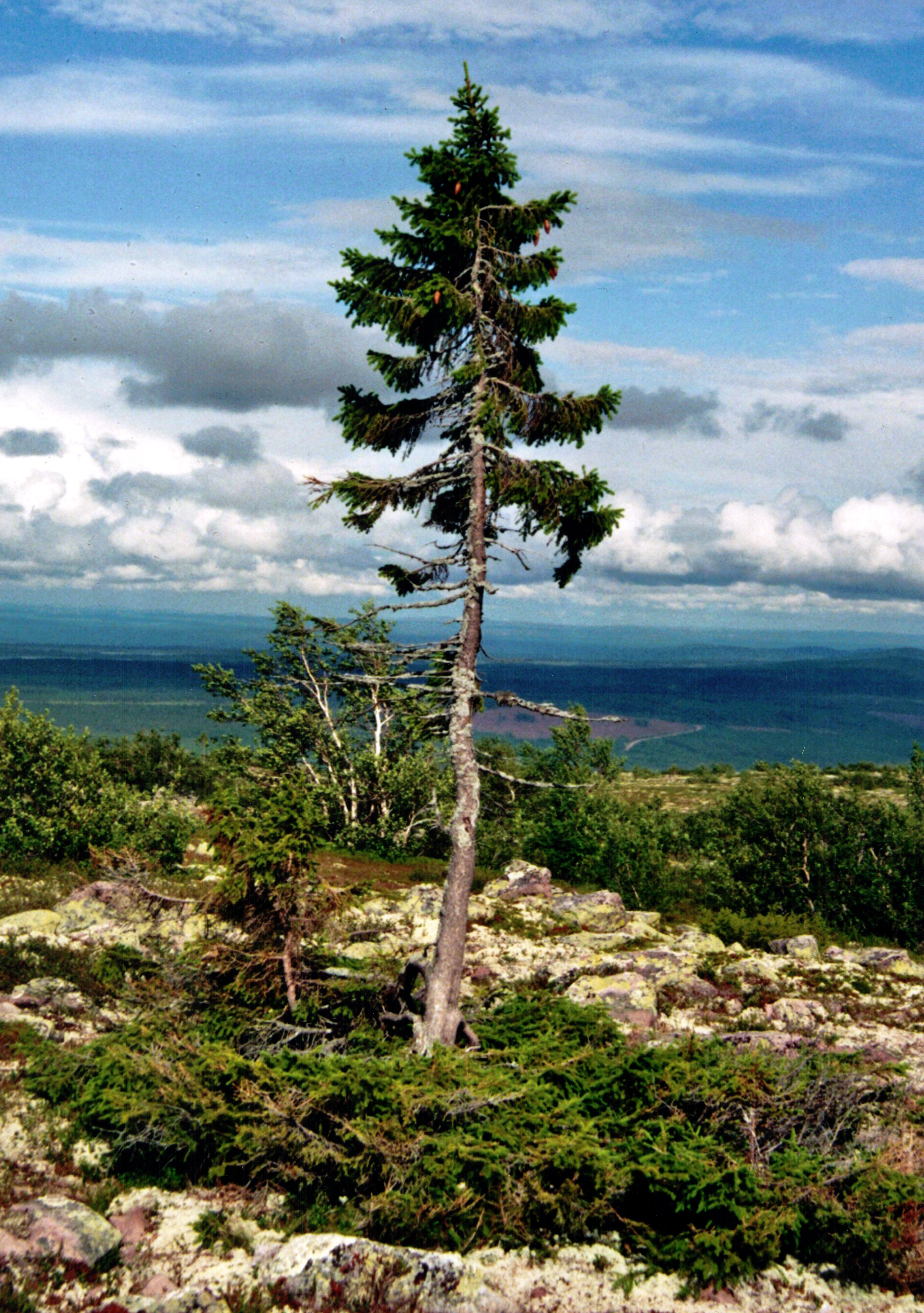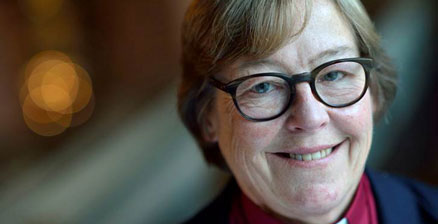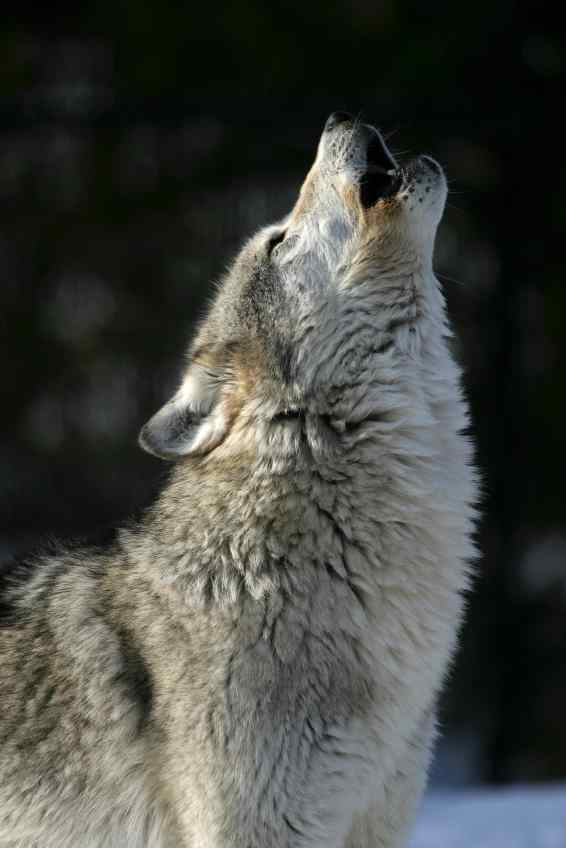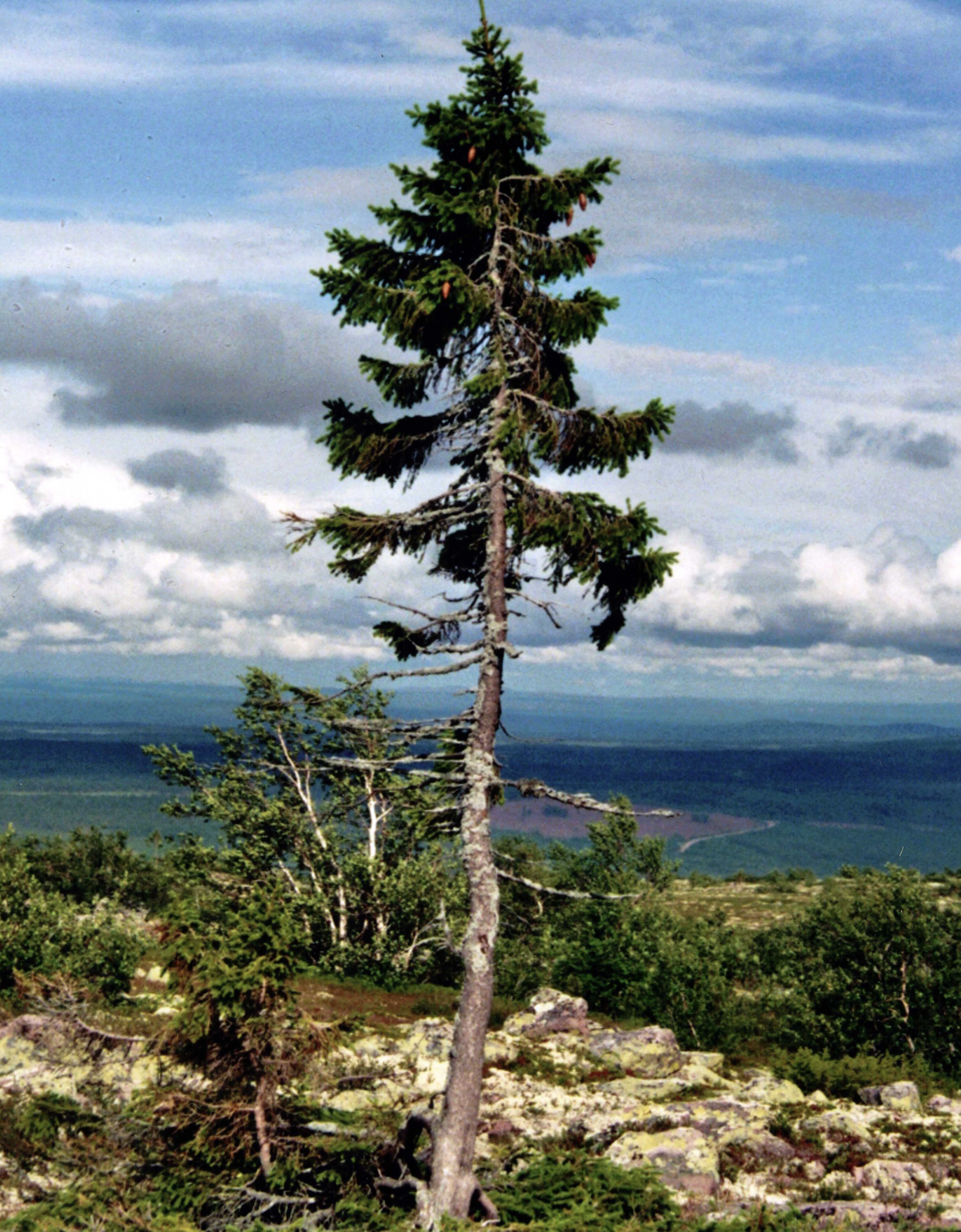Swedish News:
Sweden home to world's oldest tree. The Bishop of Stockholm proposes removal of Christian symbols. Swedish courts authorize a limited wolf hunt. Beavers thrive in Stockholm.
-
 Old Tjikko is a 9,500-year-old tree in Dalarna, Sweden. It took root at the end of the last Ice Age and is the oldest known living plant on the globe. Image from Wikipedia.
Old Tjikko is a 9,500-year-old tree in Dalarna, Sweden. It took root at the end of the last Ice Age and is the oldest known living plant on the globe. Image from Wikipedia. -
-
Sweden home to world’s oldest tree
A 9,500 year old Norwegian Spruce was discovered in Sweden by Leif Kullman, professor of Physical Geography at Umea University. Carbon-14 dating determined the conifer, named "Old Tjikko" after Kullman’s Siberian husky in 2004, took root at the end of the last Ice Age. It is located at an altitude of 2,985 feet on Fulufjället Mountain in Dalarna, in central Sweden. "During the ice age, sea level was 120 meters lower than today and much of what is now the North Sea was at that time forest," Professor Kullman said. Winds and low temperatures made Old Tjikko more like “a bonsai tree … big trees cannot get as old as this.” The trunk of the tree, which is only 13 feet tall, is estimated to be a few hundred years old, but its root system has been growing for more than 9,550 years. The lone spruce is the planet's longest living identified plant, its incredible longevity due largely to its ability to clone itself, a process called vegetative cloning. "As soon as a stem dies, a new one emerges from the same root stock," Kullman explained. Park rangers do not want to encourage large groups of tourists to surround the tree, but a free guided tour can be arranged for tourists to see it. -
 The Rt. Rev. Eva Brunne, Bishop of Stockholm, Church of Sweden. Image from Svenskakyrkan.se
The Rt. Rev. Eva Brunne, Bishop of Stockholm, Church of Sweden. Image from Svenskakyrkan.se -
-
The Bishop of Stockholm proposes removal of Christian symbols
Bishop Eva Brunne suggested people of other faiths may feel more welcome if the Seamen's Mission Church in Stockholm’s eastern harbor removes its crosses and shows support for worshippers of other faiths. This is a church that attracts a lot of ships’ crews, many of whom are Muslim, Hindu and Jewish. In her blog, which has stirred a bit of controversy, the bishop explains that removing Christian symbols from the church and preparing the building for inclusive prayer isn’t unlike what many airports and hospitals have with their multi-faith prayer rooms; converting the dockyard church would bring it up to speed. As an independent mission, the church operates outside the rules of the diocese, so this is merely a recommendation. It’s not clear when or whether it will happen, but as in other national churches across Europe, the church leadership in Sweden is interested in a mission of diversity. A parish in Malmö announced a year ago that it would support the diverse religious cultures growing within it, Sweden’s gateway to Europe. -
 Sweden's Environmental Protection Agency estimates the wolf population is just over 400; the species has made a good recovery since the 1970s when it was considered extinct.
Sweden's Environmental Protection Agency estimates the wolf population is just over 400; the species has made a good recovery since the 1970s when it was considered extinct. -
Swedish courts authorize a limited wolf hunt
Wolf hunting began with the new year, the Supreme Administrative Court temporarily settling an issue that allows for the killing of just 14 wolves in 2016. After a back-and-forth battle with the European Commission that allowed Sweden to resume wolf hunting, Sweden's Environmental Protection Agency estimates the wolf population is just over 400. Complaints of wolves preying on other game and hunting dogs in rural parts of the country have increased, and records show that many wolves are in good health, indicating the species has made a good recovery in Sweden since the 1970s when it was considered extinct. While the Environmental Protection Agency recommends the population be kept at 400, wolf hunting season is allowed in just two regions from January 2 to February 15. -

-
Beavers thrive in Stockholm
The population of the once endangered rodent has increased significantly in Stockholm to the point of causing concern and havoc. Beavers are even in the inner city, gnawing on trees, which is a security risk if the trees fall. Recently a badger was intimidating staff and guests outside the doors of a downtown Radisson hotel, keeping them inside out of fear of being attacked if they took their luggage to their cars. Why the beaver took to the inner city is not known for sure, but it is clear it has no natural enemies there. The city's game warden is concerned for the risks to both beavers and humans, however, and talks are underway to alleviate the growing problem. -
-
